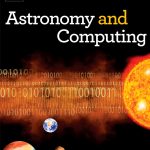Welcome to ARC
Aristarchus Research Center
Welcome to ARC
Aristarchus Research Center
Sharpest ever view (1.5Gpx) of the Andromeda Galaxy by the Hubble Space Telescope
Credit: NASA, ESA, J. Dalcanton (University of Washington, USA), B. F. Williams (University of Washington, USA), L. C. Johnson (University of Washington, USA), the PHAT team, and R. Gendler.
Welcome to ARC
Aristarchus Research Center
Barred spiral NGC 5101 and nearly edge-on system NGC 5078
Credit : APOD (25/05/2016) Dietmar Hager. Eric Benson
Welcome to ARC
Aristarchus Research Center
The Helix Nebula in Infrared
Image Credit: NASA, JPL-Caltech, Spitzer Space Telescope; Processing: Judy Schmidt
Welcome to ARC
Aristarchus Research Center
Herschel’s view of the Horsehead Nebula
Copyright ESA/Herschel/PACS, SPIRE/N. Schneider, Ph. André, V. Könyves (CEA Saclay, France) for the “Gould Belt survey” Key Programme
Welcome to ARC
Aristarchus Research Center
Andromeda Galaxy seen in infrared
Copyright ESA/Herschel/PACS/SPIRE/J. Fritz, U. Gent
Welcome to ARC
Aristarchus Research Center
The Crab Nebula (or Messier 1), a remnant of a supernova explosion
Copyright : European Southern Observatory / Manu Mejias
Welcome to ARC
Aristarchus Research Center
ESA’s Herschel Space Observatory view of the COSMOS field.
Credit: ESA/Herschel/SPIRE/HerMES Key Programme; Hubble images: NASA, ESA; Keck Spectra: Caltech/W. M. Keck Observatory.

IRAS 08572+3915 an ultraluminous infrared galaxy
Credit: Gerhardt Meurer (The Johnos Hopkins University)
Aristarchus Research Center (ARC) is a multi-disciplinary research and innovation center which aims primarily to address the challenges of analysis and interpretation of the large and complex data sets of the modern era. The center has a prestigious network of international collaborators and is directed by
Prof. Andreas Efstathiou, Rector of European University Cyprus
Prof. Andreas Efstathiou, Rector of European University Cyprus
News
Chat with an Astronomer
Chat with our researchers on various astronomical subjects and recent research updates from our group.
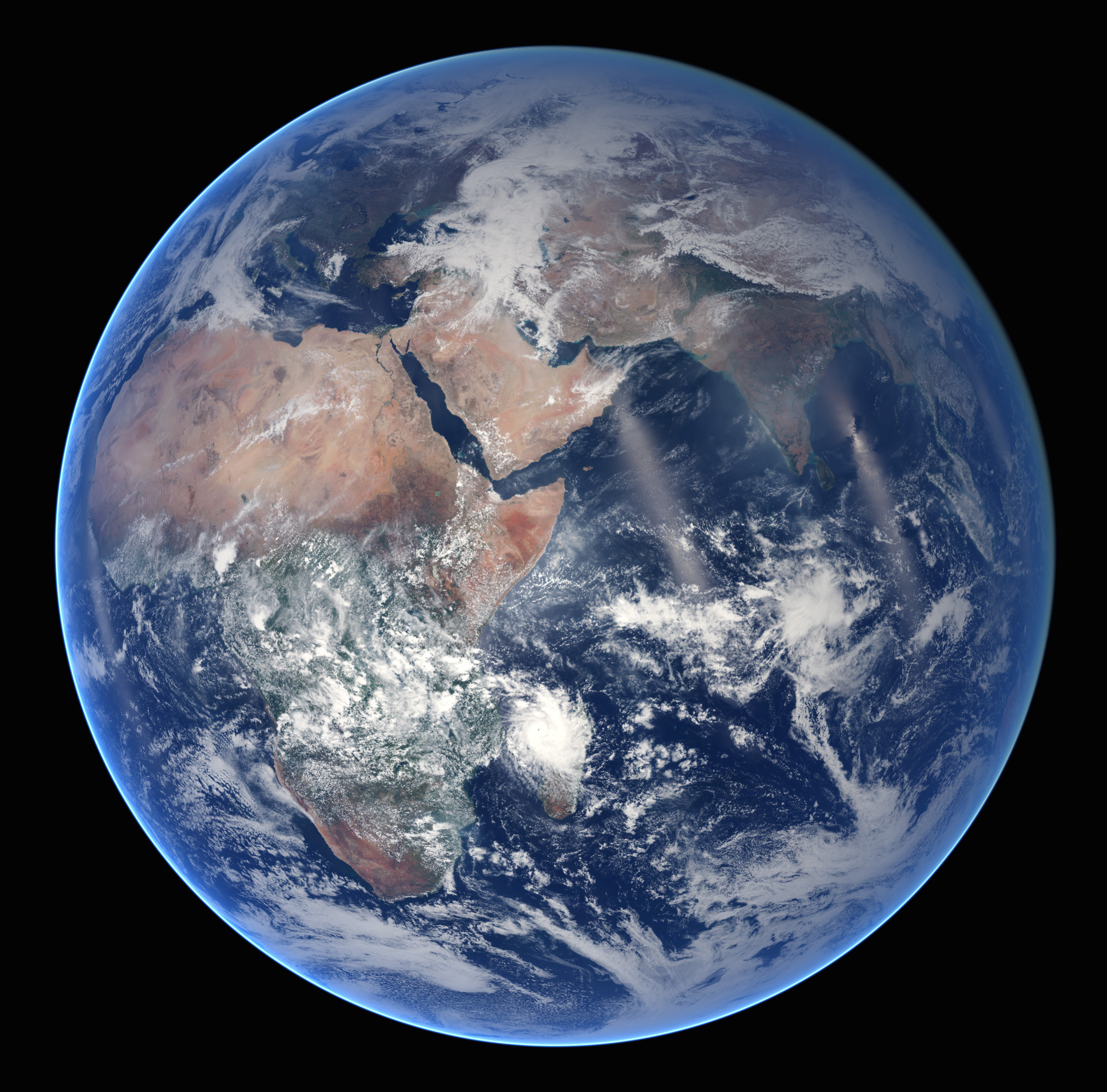
EARTH
Name: Earth Mass: 5.9 ×1024 kg
Radius: 6,371 km
Distance (from Earth): 0 km # of Stars: 0

MOON
Name: Moon Mass: 7.3 ×1022 kg
Radius: 1,737 km
Distance (from Earth): 384,400 km = 1.2 light-second # of Stars: 0

JUPITER
Name: Jupiter Mass: 1.9×1027 kg = 317.8×Earth = 1/1047 × Sun
Radius: 69,911 km
Distance (from Earth): Closest: 588 ×106 km = 33 light-minutes Farthest: 968 ×106 km = 54 light-minutes # of Stars: 0
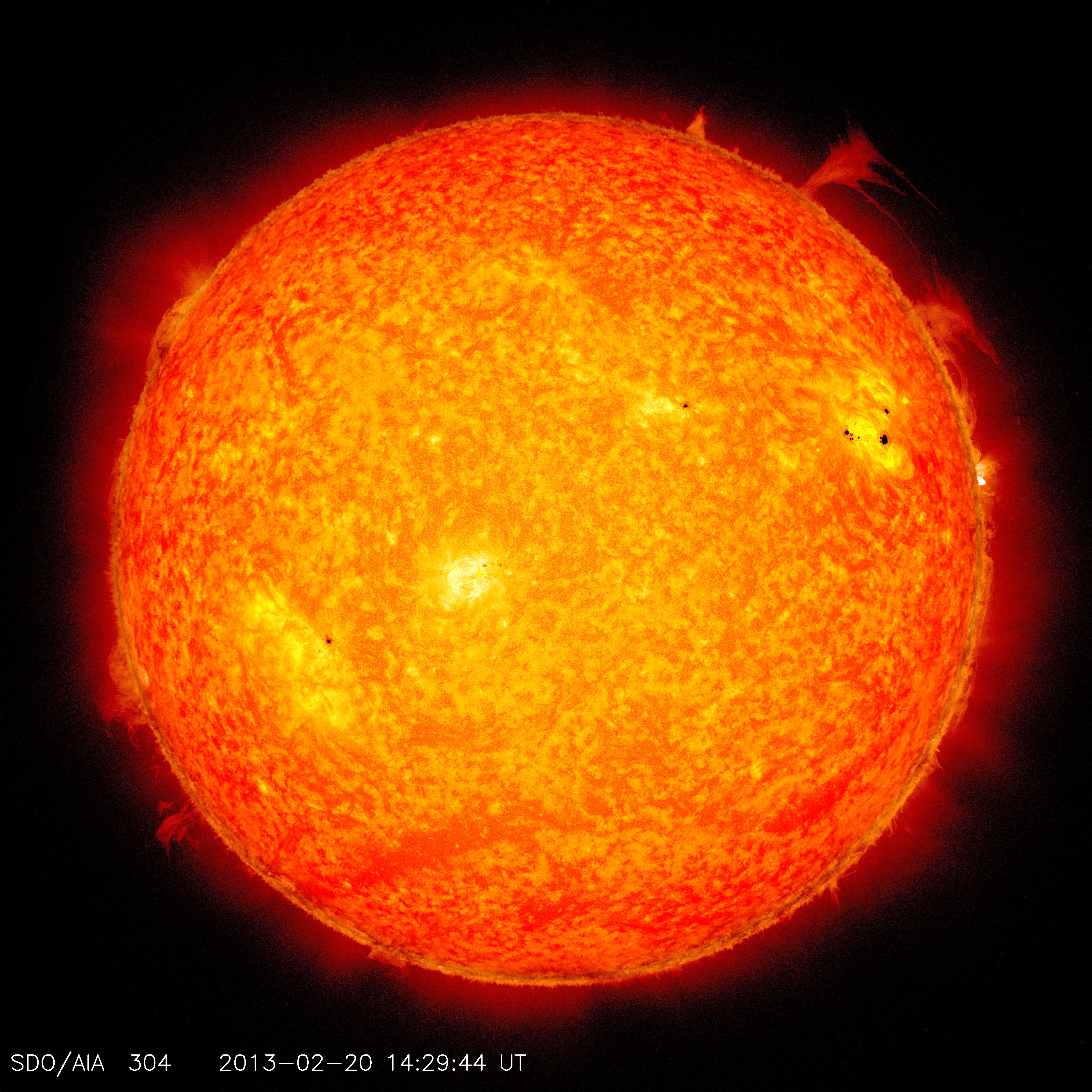
SUN
Name: Sun Type: Star Mass: 1.9×1030 kg = 333,000 × Earth
Radius: 695,700 km = 109 × Earth
Distance (from Earth): 1 AU ≈ 1.496×108 km = 8 light-minutes # of Stars: 1
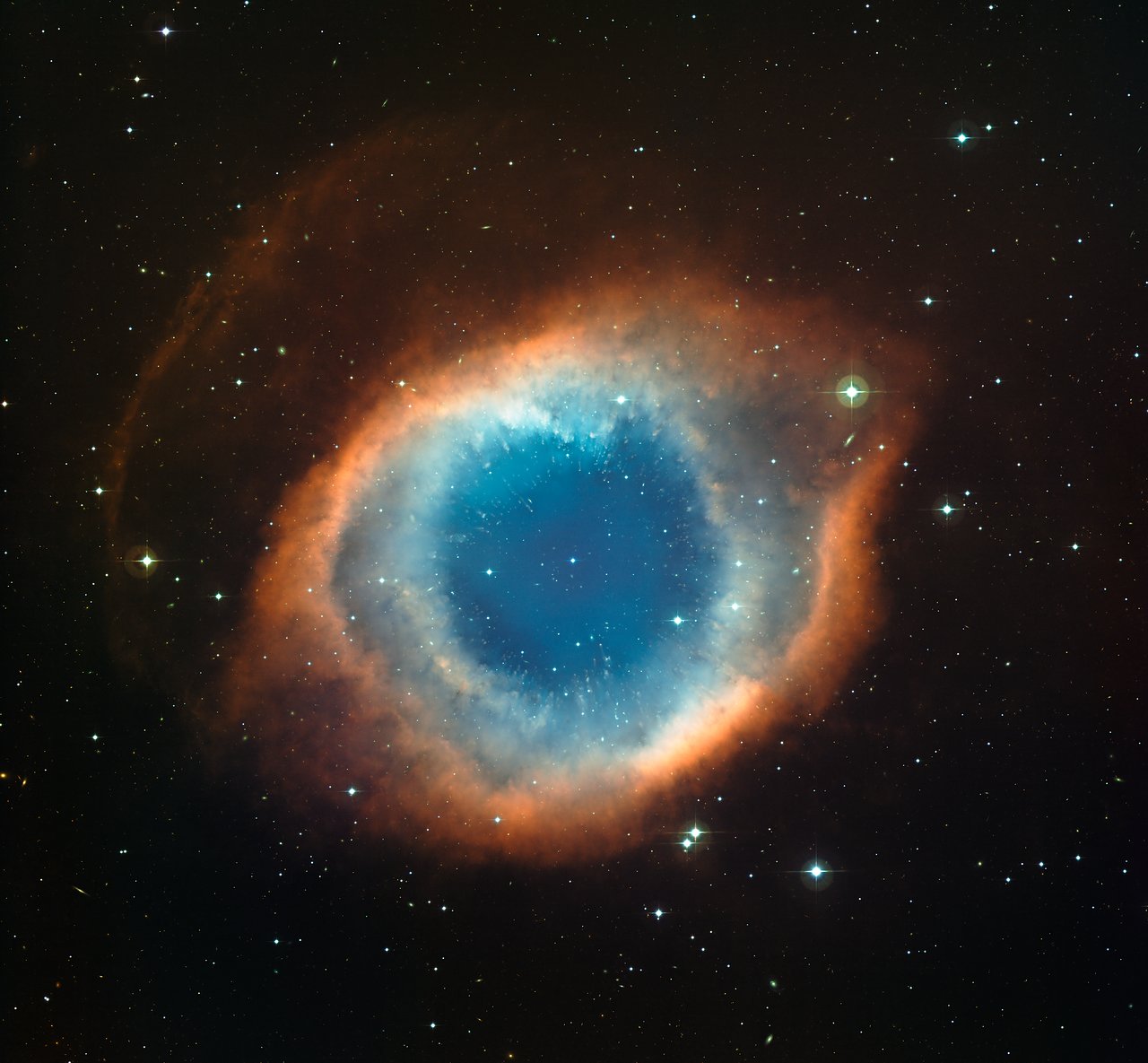
HELIX
Name: Helix Nebula Type: Planetary Nebula Mass: < 8 x Sun
Radius: 2.7 x 1013 km = 2.87 light-years
Distance (from Earth): 6.7 x 1015 km = 714 light-years # of Stars: 1 white dwarf star

ORION
Name: Orion Nebula Type: Diffuse Nebula Mass: ~ 2,000 x Sun
Radius: 1.1 x 1014 km = 12 light-years
Distance (from Earth): 1.3 x 1016 km =1,344 light-years # of Stars: 2,800

GLOBULAR CLUSTER
Name: 47 Tucanae (NGC 104) Type: Globular Cluster Mass: 7.00×105 x Sun Radius: 5.7 x 1014 km = 60 light-years
Distance (from Earth): 1.6 x 1017 km =16,700 light-years # of Stars: > 500,000

SPIRAL GALAXY
Name: Pinwheel Galaxy (Messier 101) Type: Spiral Galaxy Mass: 100×109 x Sun (disk) + 3×109 x Sun (central bulge) Radius: 8 x 1017 km = 85,000 light-years
Distance (from Earth): 1.4 x 1020 km = 20,900,000 light-years # of Stars: ~1 trillion (1012)
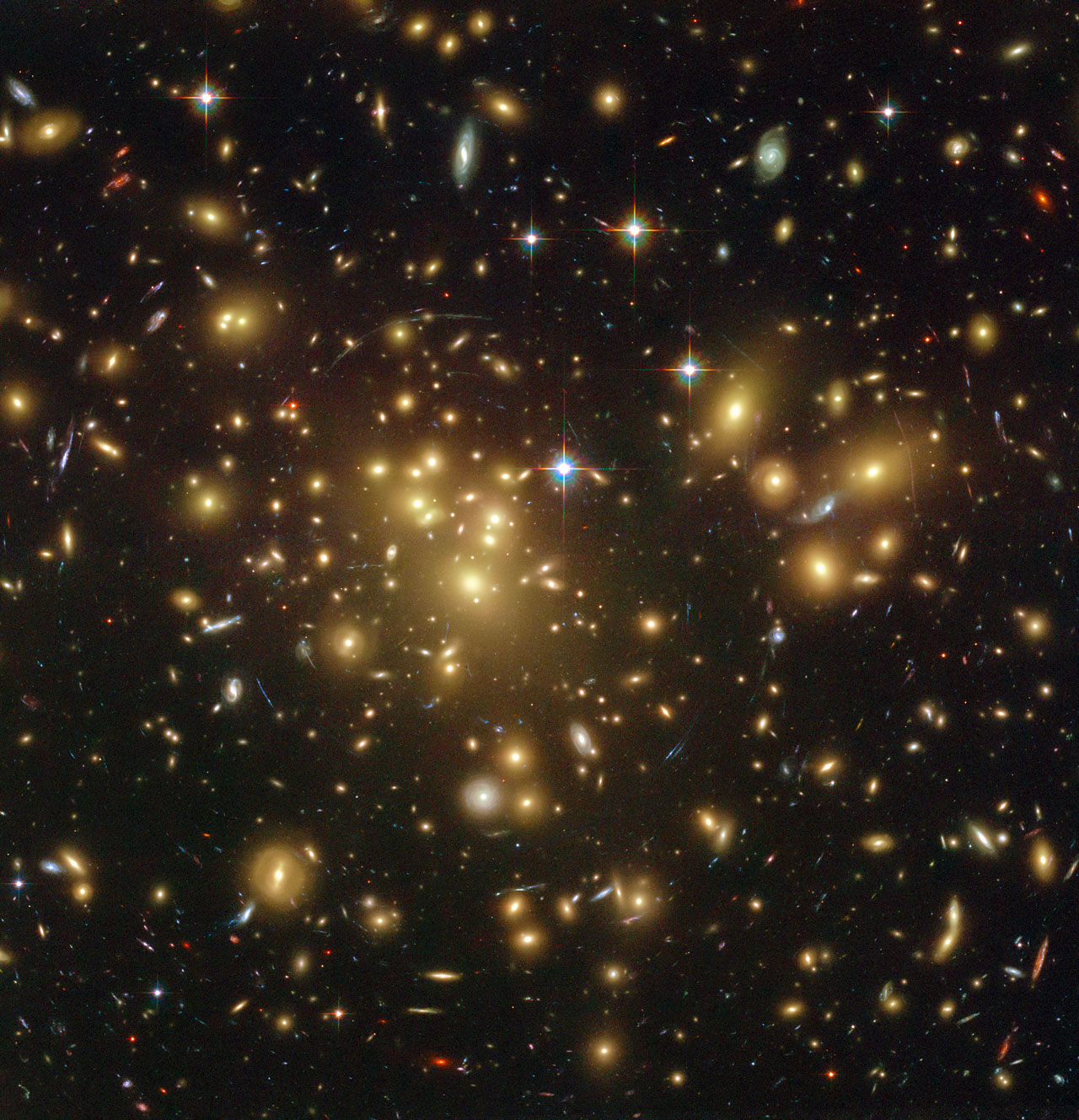
GALAXY CLUSTER
Name: Abell 1689 Type: Galaxy Cluster Mass: ~1015 x Sun Radius: 9.4 x 1018 km = 1,000,000 light-years
Distance (from Earth): 2.3 x 1022 km = 2,459,000,000 light-years # of Stars: >160,000 globular clusters


